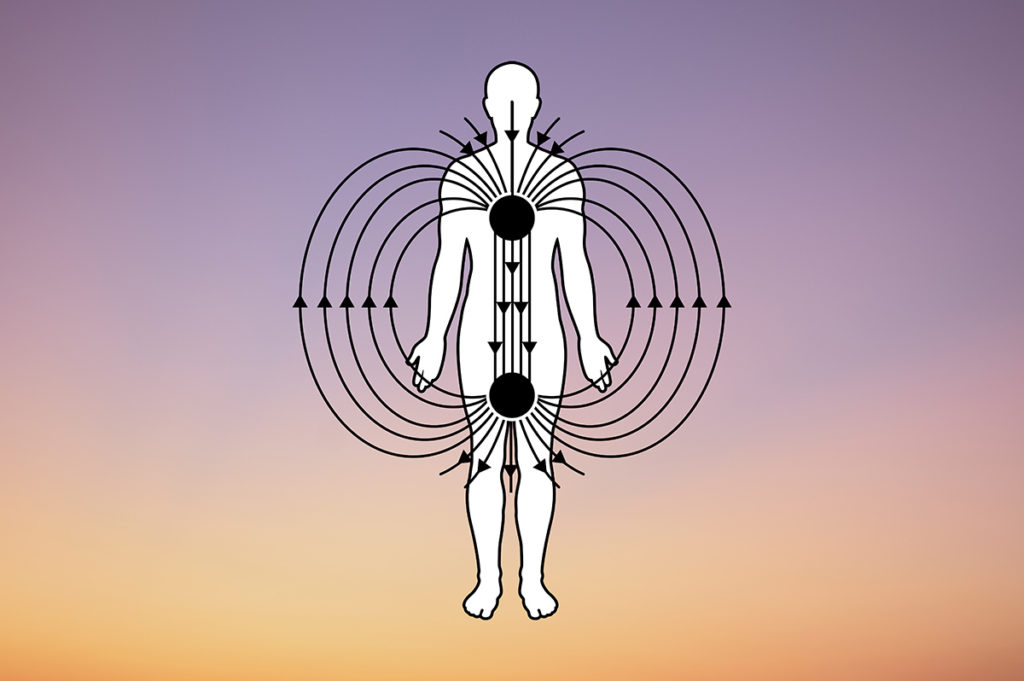Research has shown that even a mild magnetic field can cause the smallest blood vessels in the body to dilate or constrict, therefore increasing blood flow and suppressing inflammation, a critical factor in the body’s healing process.
Magnetic fields also cause current to flow through the neurons of the brain and can alter their activity. In order to do this, the field must be strong enough to generate an electrical current in the neurons as well as in the synapses between them.
Magnetite
The ‘heme’ within hemoglobin is composed of iron, which is the red pigment of our blood and found predominantly in blood and muscles. Ferretin is a universal intracellular protein that stores iron and releases it, with red blood cells requiring iron in order to form naturally and to carry oxygen around the body. Other regions of the body also require iron, such as bone marrow, the liver and muscles. The ferretin protein is produced by almost all living organisms on Earth, including algae, archaea, bacteria, plants and animals.
Studies have revealed that iron, in its mineral form, known as magnetite (Fe3O4), is present throughout the human brain, being particularly concentrated most highly in the brain stem and cerebellum.
Magnetite has one particularly intriguing property – it is the most magnetic naturally occurring mineral on Earth.
It is still not known for sure, but it may even be produced within our cells themselves, which would follow the internal dynamics of birds and bacteria for example.


